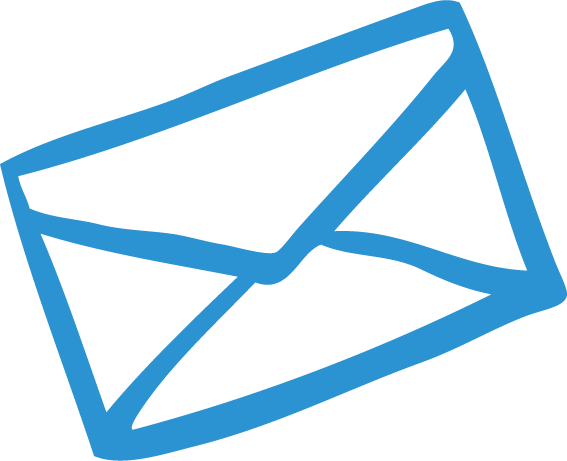You could ask for referrals in any number of ways. I’ve tried everything.
At one point, I created golden tickets like Willy Wonka, then hand delivered them to clients after their projects (no top hat, sorry to say). The idea was that our clients would give these impressive-looking tickets to their friends and family, giving them access to a generous referral offer. I felt certain that with the personal touch, it would be a hit.
The tickets fell flat. I found that the results didn’t justify the time or expense required. The same could be said for the other approaches I tried, until I got serious about email.
I started with a monthly newsletter, then expanded from there. Over time, my emails have gotten much more sophisticated, and I now see consistent results for my clients. My largest client saw a 122% increase in monthly client referrals over the last twelve months.
Here’s why email works.
If you’re short on time, jump right to the end to see my recommendation for how solar and energy efficiency contractors should ask for referrals.
Email is scalable
On one level, getting referrals is a numbers game. You have to ask enough people to see results. I recommend asking almost all of your clients at one point or another. That’s why scalability is so important. If it takes a lot of time or costs a lot of money to ask for a referral, your program won’t work.
Email is perhaps the most scalable approach. When you create the right automations, you can ask for referrals with the click of a button. Here’s how you could ask for referrals from clients who recently completed projects:
- You: After a client sends final payment for their project, go into your CRM and click a button.
- Automation: This triggers a responsive email sequence that identifies dissatisfied clients and asks everyone else for a referral.
- Automation: At the end of the sequence, satisfied clients join your newsletter list so that you can stay in touch and earn more referrals over time.
Because you can send thousands of emails with minimal inputs, email consistently delivers strong ROI. Hubspot estimates that marketers earn an average of $38 in return for every $1 spent on email marketing.
Email is personal
Don’t get me wrong – email marketing can be gross. I’m sure you’ve seen plenty of examples in your own inbox. But email marketing can be done in an authentic way that builds on the trust that you already have with your clients.
A couple examples:
- Who sends it? Set your emails to come from the salesperson that the client trusts or from the owner of the company for simplicity.
- Who gets it? Segment your list so that the right message gets to the right client. For example, you’ll send one message to clients who complete projects and another to people who got estimates but not projects. Segmentation makes sure that your messaging hits the mark.
Email fits with personal ask
Oftentimes, a personal touch makes all the difference. You could ask the client in person and let them know that you’ll follow up with an email.
The trouble is that it’s hard to scale a referral program that relies only on a team member (typically a salesperson) to make the ask in person. Your team is busy, and visiting clients’ homes takes time. A call or text would save time, but here you’ll see issues with consistency from your team and follow through from your clients.
Here’s how to ask for referrals
Start with an automated email sequence asking for reviews and referrals from clients who recently completed projects (see the example in the section, “Email is scalable”).
At the end of the sequence, clients automatically join your newsletter list. The point of your newsletter is to serve your clients. You build authority and stay relevant by consistently offering content that addresses their most pressing questions and concerns about solar or energy efficiency. At the bottom of every newsletter, include a reference to your referral program.
What I like about this approach is that it keeps the interests of your clients at the forefront. You’re actively asking yourself how you can serve them with content that they’ll value. When you offer that content in an open-handed and authentic way, your offer comes across as helpful rather than interruptive.
I also like that this approach doesn’t rush your clients. With referrals, it’s the long game that wins. You want your company to immediately come to mind when your clients’ friend mentions an interest in solar or energy efficiency. How long this takes will depend, but you’re likely to give up too soon if your goal is short-term lead generation.
Let me be clear that there are proven strategies for short-term lead generation. For example, most solar and energy efficiency contractors see strong results from Google Ads. My point is that you’ll see better results from your referral program when you measure success over months, not days or weeks.
Here’s what I know: By leveraging email, you’ll maintain the authority and relevance that you need for referrals at scale.


